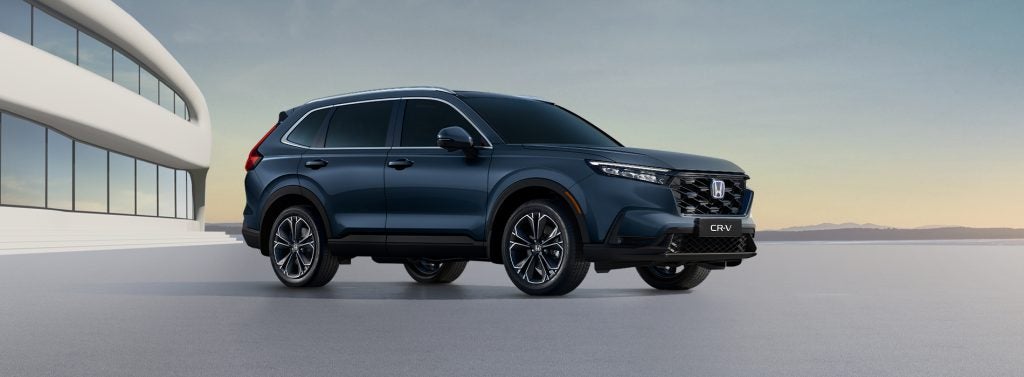
Last month, the Volkswagen Group Supervisory Board announced it has appointed Oliver Blume as the new board chairman, effective 1 September 2022 – so Blume replaces Herbert Diess as VW’s CEO. Blume will also continue to act as chairman of the Porsche board and VW also said that he would continue in the Porsche role ‘after a possible IPO’.
Here, Oliver Blume outlines the major tenets of Porsche’s powertrain strategy.
How do you see the future for combustion engines?
E-mobility is of the highest priority for us. At the same time, we continue to build modern combustion engines. The 911 is more popular than ever with customers. Over the coming years, we will offer a very sporty hybrid setup for the 911, as many are familiar with from the motorsport context. These resolute climate protection steps are good. I support the German government’s open approach with regard to the technology and the coalition’s compromise to incorporate e-fuels as part of the solution. This was also included in the coalition agreement. Technology bans act as a brake on innovation. Porsche is committed to a double-e path: e-mobility and e-fuels.
And Porsche’s timeline?
Among the traditional automakers, we have a very progressive electric strategy. Our ambition is for more than 80 per cent of vehicles delivered to customers in 2030 to be all-electric. Our first all-electric Taycan sports car is already a huge success. Last year, we managed to double deliveries over the strong previous year to more than 41,000 vehicles. That puts the Taycan on a par with our iconic 911. We see ourselves as a pioneer in sustainable mobility.
How well do you really know your competitors?
Access the most comprehensive Company Profiles on the market, powered by GlobalData. Save hours of research. Gain competitive edge.

Thank you!
Your download email will arrive shortly
Not ready to buy yet? Download a free sample
We are confident about the unique quality of our Company Profiles. However, we want you to make the most beneficial decision for your business, so we offer a free sample that you can download by submitting the below form
By GlobalDataYou see a role for synthetic e-fuels?
Climate protection has to be seen holistically. That’s why we need to be open in terms of technology. Electromobility is an important track. At the same time, there are more than a billion existing vehicles worldwide. They will be on the roads for decades to come. E-fuels* are an effective, complementary solution in this regard. They can enable all vehicles to play a role in reducing CO₂ – regardless of the powertrain type. Combustion engines can be powered with e-fuels in a virtually carbon-neutral manner. They don’t have to be converted or retrofitted for it. E-fuels can be offered as an admixture or alone at all filling stations. We have to offer an option to the owners of existing vehicles, too.
What will a litre of e-fuel will cost?
That depends on the level of future production. If produced on an industrial scale, prices of less than $2 per litre could be possible. The important thing is that synthetic fuels are produced sustainably and in places in the world where renewable energy is abundant – then the higher energy input for production is irrelevant. E-fuels produced from water and the carbon dioxide extracted from the air for automobiles, planes and ships have the advantage over pure hydrogen that they can be transported more easily.
* E-fuels – also known as synthetic fuels or electrofuels – are a potential replacement for liquid fossil fuels. They are manufactured using captured carbon dioxide or carbon monoxide, together with hydrogen obtained from sustainable electricity sources such as wind, solar and nuclear power.







